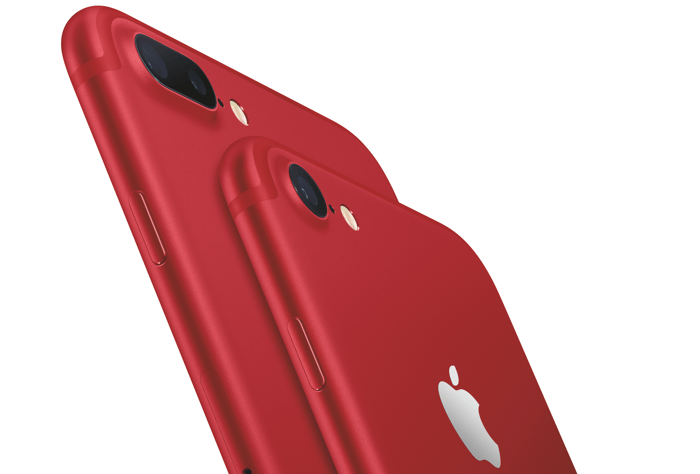Apple's (AAPL -0.82%) forthcoming iPhones are widely expected to feature 3D sensing technology that would enable a wide range of features such as facial recognition (which may replace Touch ID) and more advanced augmented reality (AR) use cases. One of the companies that is believed to have scored the design win is Lumentum Holdings (LITE -0.94%), according to a Fast Company report from February. Shares are up 25% since that report. Finisar may also be a supplier for the vertical-cavity surface-emitting laser (VCSEL) that facilitates 3D sensing.
Lumentum reported fiscal fourth-quarter results this morning, and the release was full of clues indicating that Apple is indeed adding 3D sensing.

Image source: Apple.
That's what he said
In a statement, CEO Alan Lowe noted, "We began ramping our 3D sensing products to meet our strong customer demand and expect volumes to increase monthly through the end of the calendar year." 3D sensing revenue was a modest $5 million in the quarter, and bookings were "very strong." Those sales represented nearly a third of the $16.5 million in revenue that Lumentum's industrial and consumer segment brought in, which includes 3D sensing revenue.
This business is about to ramp by quite a bit. On the call, Lowe said the company has scored $200 million in bookings of 3D sensing orders from customers since April. That's a pretty big backlog, especially as total revenue was $223 million in the fiscal fourth quarter. 3D sensing revenue is expected to become increasingly important going forward, according to Lowe:
We have a lot of work to do to translate these orders and to ship revenue where we expect 3D sensing to be a material contributor to our business in the coming quarters, as well as the coming years. Our near-term focus in 3D sensing is to ramp production to higher levels than anticipated just three months ago. We expect monthly volumes to increase throughout the end of the calendar year to meet our strong customer demand.
CFO Aaron Tachibana also added some color, noting that some of the company's sequential inventory increase was related to ramping 3D sensing production:
And thirdly, we accelerated our 3D sensing ramp immediately after receiving customer approval for production readiness early in the fourth quarter.
...
3D sensing revenue will increase materially in [fiscal] Q1 and is only limited by our ability to ramp faster.
Tachibana said that the $200 million in 3D sensing orders came from multiple customers, but later clarified that it was "primarily one customer." These orders are expected to be fulfilled this calendar year. On Finisar's earnings call in June, when asked about 3D sensing demand, CEO Jerry Rawls said the same thing: "We're engaged with a number of customers, but short-term revenue is going to be predominantly from one."
Analysts also asked about the relative increase in demand since April that Lowe alluded to. In recent months, the company has been scrambling to increase capacity, which includes working with manufacturing partners to get capital equipment online. We're talking about a 25% to 30% increase compared to management's expectations in April. "I think if we could do more, we would -- our customer would probably take it," Lowe added.
What this suggests for Apple
Perhaps the most meaningful development here is that Apple has seemingly increased its VCSEL orders by quite a bit in recent months. Apple's supply chain has countless moving parts, and this data point suggests that the company is increasingly confident in other areas of its supply chain -- potentially OLED panel supply. It's not clear which iPhone models will include 3D sensing. Apple will definitely include it in the flagship iPhone 8, but may or may not offer it in the iPhone 7s and 7s Plus.
Combined with other reports that the iPhone 8 could launch on time (and Apple's own guidance), the next iPhone launch is increasingly looking like it's going to go more smoothly than all those prior delay rumors would suggest.





